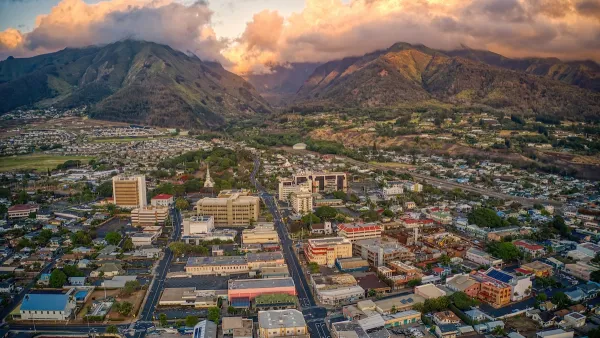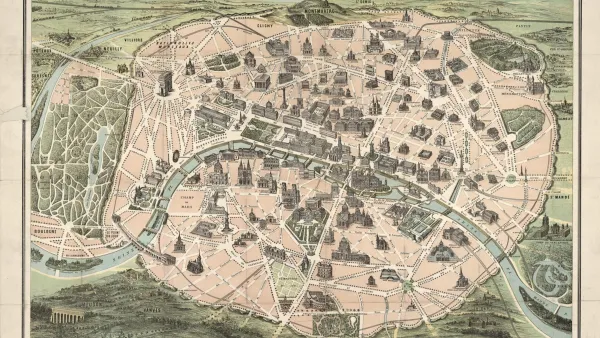In cities like Boston, the government’s right to take private property displaced residents and destroyed vulnerable neighborhoods and communities.
In a segment for the urban planning YouTube channel City Beautiful, Dave Amos looks at the history of eminent domain and how it has decimated neighborhoods in cities across the United States.
Government acquisition of private property for public use is not always a clear-cut process, and the idea of public use should really be understood as the public benefits such actions provide, says Amos. And the justifications for use of eminent domain are sometimes questionable, he argues.
"City leaders would often claim an area was blighted and use it as a rationale for abusing eminent domain and transferring properties from poor property owners to developers. And they would often build projects for the wealthy—things like condos, performing arts centers, and shopping centers," notes Amos.
He also takes issue with the very idea of blight and planners’ assertion that these areas needed to be destroyed and replaced with something better. One example of the urban renewal wave sweeping across the nation was what happened in Boston’s West End neighborhood. It was demolished in the 1950s, displacing over 10,000 residents, many of whom ended up in substandard housing.
The motivation for razing the West End was not improving neighborhoods, says Amos. Instead, developers saw the area as ideal for redevelopment of central Boston. "Poor and minority neighborhoods were seen as a disease that needed to be exterminated so that wealthy residents, shoppers, and businesspeople could return to the central city," adds Amos.
FULL STORY: Midweek Video: How Eminent Domain Destroys Neighborhoods

Maui's Vacation Rental Debate Turns Ugly
Verbal attacks, misinformation campaigns and fistfights plague a high-stakes debate to convert thousands of vacation rentals into long-term housing.

Planetizen Federal Action Tracker
A weekly monitor of how Trump’s orders and actions are impacting planners and planning in America.

In Urban Planning, AI Prompting Could be the New Design Thinking
Creativity has long been key to great urban design. What if we see AI as our new creative partner?

King County Supportive Housing Program Offers Hope for Unhoused Residents
The county is taking a ‘Housing First’ approach that prioritizes getting people into housing, then offering wraparound supportive services.

Researchers Use AI to Get Clearer Picture of US Housing
Analysts are using artificial intelligence to supercharge their research by allowing them to comb through data faster. Though these AI tools can be error prone, they save time and housing researchers are optimistic about the future.

Making Shared Micromobility More Inclusive
Cities and shared mobility system operators can do more to include people with disabilities in planning and operations, per a new report.
Urban Design for Planners 1: Software Tools
This six-course series explores essential urban design concepts using open source software and equips planners with the tools they need to participate fully in the urban design process.
Planning for Universal Design
Learn the tools for implementing Universal Design in planning regulations.
planning NEXT
Appalachian Highlands Housing Partners
Mpact (founded as Rail~Volution)
City of Camden Redevelopment Agency
City of Astoria
City of Portland
City of Laramie





























